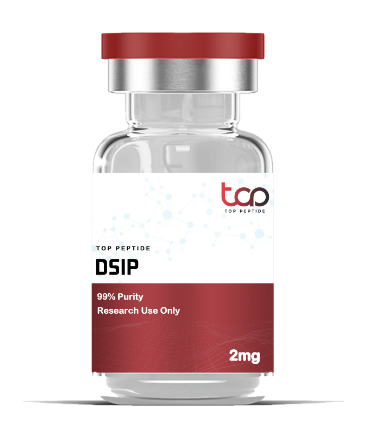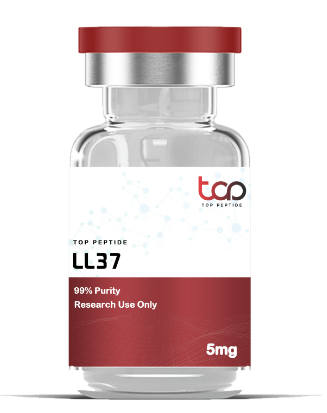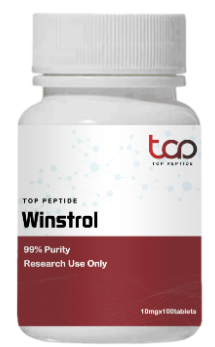Cagrilintide, an amylin mimic, is the latest development in the treatment of obesity and excess weight, a development that is generating quite a buzz. Cagrilintide was developed in conjunction with the semaglutide GLP-1 agonist for combined therapy with the intention of facilitating sustainable weight loss by targeting the psychological and biological drivers of food consumption. In this paper, we will examine the merits of the use of Cagrilintide, the nuances of its action, and the peculiarities associated with its dosing that might be critical for achieving the desired effect.

What Is Cagrilintide and What Are Its Mechanisms of Action?
Cagrilintide was designed to replicate the role of amylin, which is a hormone that is co-secreted with insulin from pancreatic beta cells. Amylin is essential in appetite control, promoting satiety, and regulating glucose metabolism. Cagrilintide decreases food intake and induces weight loss through the stimulation of the homeostatic and the hedonic centers of the brain which creates a feeling of satiation.
Cagrilintide works better when combined with Semaglutide than when used alone. Semaglutide is used first line by most patients to control blood sugar and support weight loss in type 2 diabetes patients. Both Cagrilintide and Semaglutide are peptides and when used together, promotes synergistic effects, where the two peptides act to create greater satiety and reduce cravings, making it easier to lose weight and maintain it over the long term.
Reasons How Cagrilintide Can Help With Weight Loss
Cagrilintide is being clinically developed because it has the potential to target selectively two important appetite control centers in the brain – the homoeostatic which controls energy balance and the hedonic system which deals with pleasure and reward to food. This action on both systems is what helps a person that is overweight or obese to effectively and sustainably lose weight by controlling appetite and food intake.
Clinical trials have demonstrated that individuals taking a combination of Cagrilintide and Semaglutide have greater weight loss as compared to those taking Semaglutide by itself. Cagrilintide alters the way the body responds to food, boosting satiety and satisfaction. This helps people maintain a less caloric rich diet which is vital for weight loss.
Cagrilintide Peptide: What Are Its Routes Of Administration?
Cagrilintide is a peptide that, like many other GLP-1 agonist-based therapies, is usually given by subcutaneous injection. The prescriber will often give patients a dosage increment schedule that slowly increases to let patients’ bodies gradually adjust to the effects of the peptide. The starting doses and increments are different for each patient based on the treatment plan made by the healthcare provider.
Understanding The Cagrilintide Dosage
In the case of Cagrilintide, the appropriate dosage differs from patient to patient and is proportional to the severity of their obesity. regular adjustments of Cagrilintide dosage is common to keep track of how well patients tolerate the peptide and their satiety level experienced, hence any necessary changes can be made for optimal results. Generally, low doses of Cagrilintide are prescribed for greater tolerance by patients. The majority of adults would benefit from a dosage between 1.0 mg and 3.0 mg per injection, however, specific goals and other factors can alter dosage suggestions.
As with most therapies, side effects such as nausea or constipation are common with Cagrilintide, so careful monitoring while on treatment is essential. The dosage adjustment throughout treatment will also be necessary to avoid any potential risks.
Key Considerations for Cagrilintide Dosage
With regards to Cagrilintide, appropriate dosing is vital to reaching net weight loss goals. Not reaching the effective dose may be less than adequate, while an excessive dose could lead to some negative side effects, for example, nausea and impaired gut motility. This emphasizes the need for healthcare professionals to appropriately adjust the Cagrilintide dosage to ensure both safety and efficacy.
Final Thoughts, Cagrilintide presents a new and unique method for weight loss and could serve as a prospective treatment for overweight and obese patients. Cagrilintide is an amylin analog peptide which assists with weight management by acting on hunger and reward centers within the brain. The combination of Cagrilintide and Semaglutide has shown remarkable sustained weight loss benefits. Hence, in order to derive maximum therapeutic benefits while minimizing potential adverse effects, it is of utmost importance that the relevant dosages of Cagrilintide are taken.
All in all, Cagrilintide peptide is a potential game changer for many who are trying to achieve and maintain throughout their lifetime weight loss. The combination of this innovative peptide and proper dosage can help millions take control of their weight and improve their quality of life.






 Home
Home
 Product
Product
 News
News
 Contact
Contact